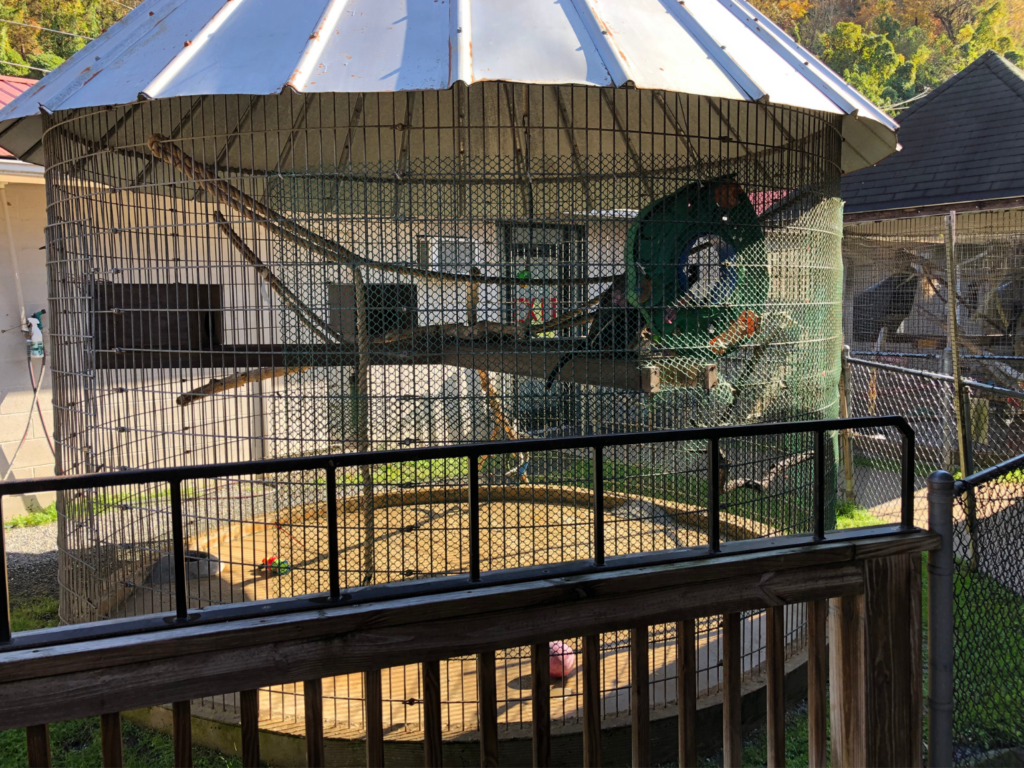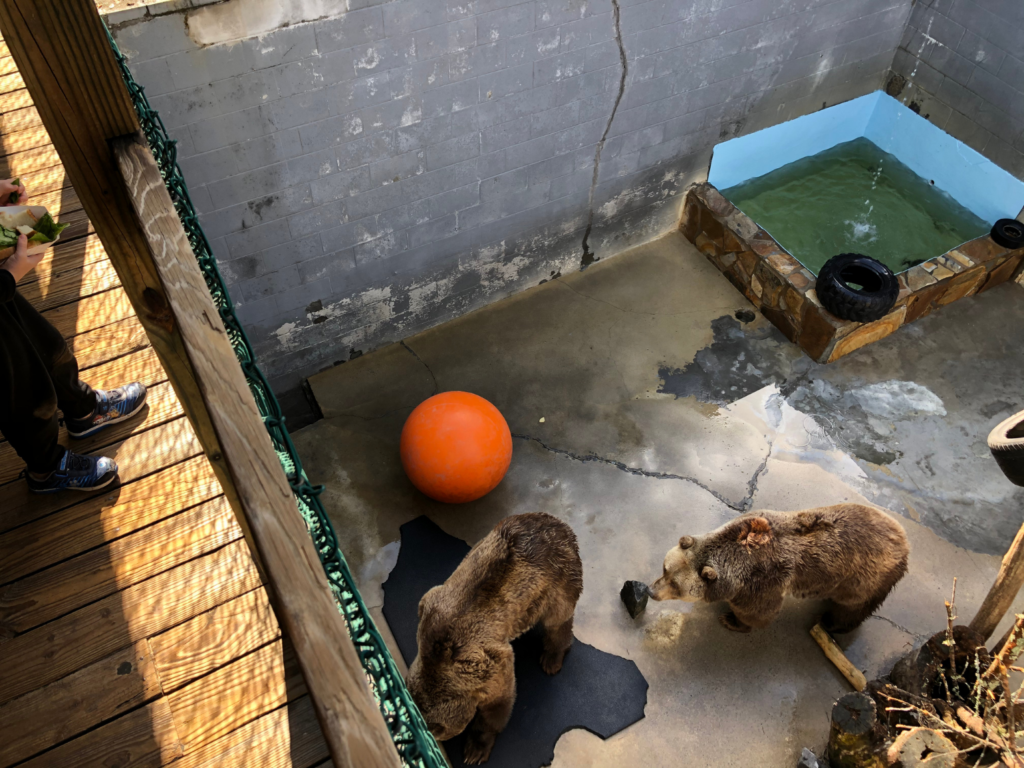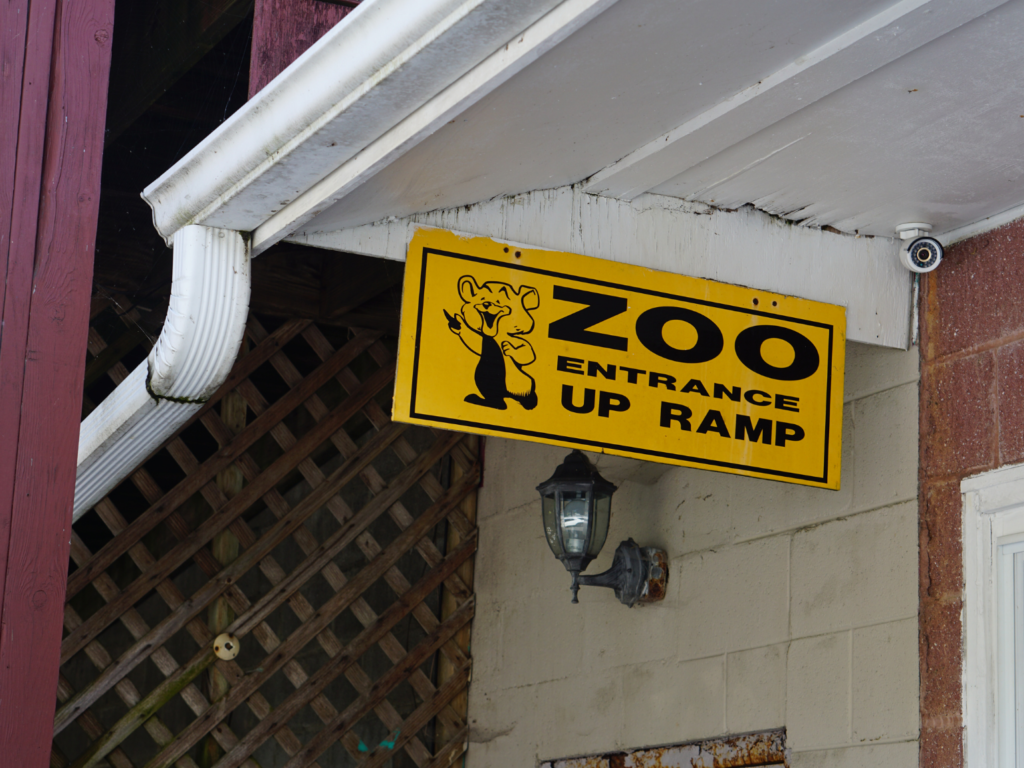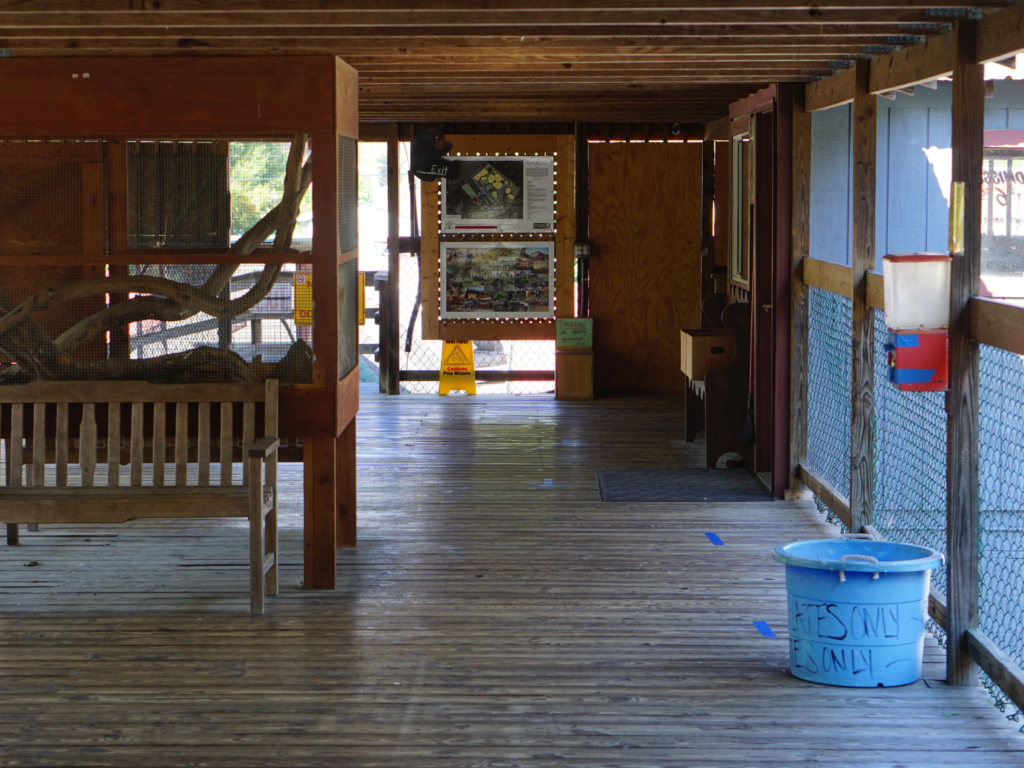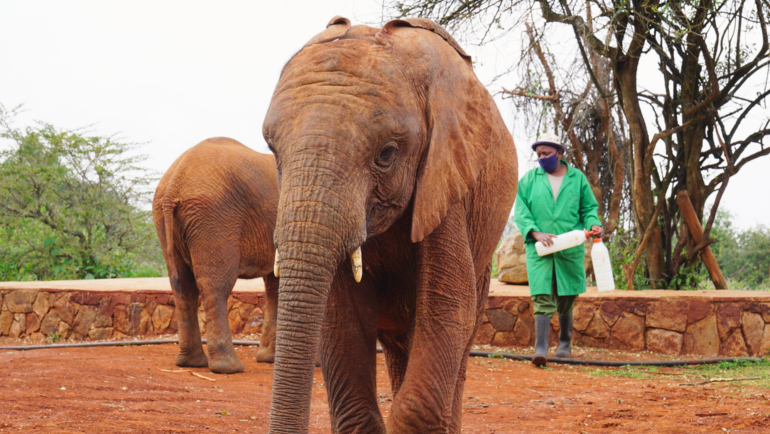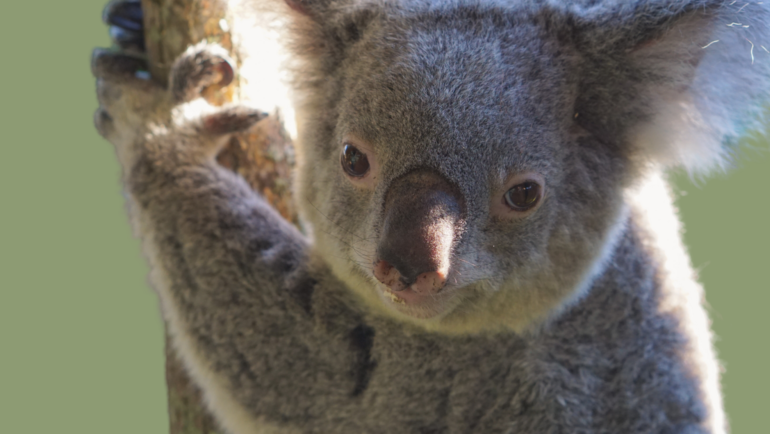Sadly, I have seen plenty of outdated roadside attractions that exploit animals; but not a single one compares to the barbaric Cherokee Bear Zoo. This nightmare is hidden in plain sight in Cherokee, North Carolina, just a stone’s throw from Great Smoky Mountain National Park. This antiquated zoo keeps bears in cinderblock confinement, where they have no option but to pace endlessly in circles or beg tourists for food.

Why did I visit Cherokee Bear Zoo?
My mission as an eco-traveler is to educate others on how to see animals ethically. When it comes to roadside zoos, I am adamant that they should be AVOIDED at all costs! However, even as one of America’s most criticized zoos, Cherokee Bear Zoo is still a popular stop for tourists. The fact of the matter is – people are blind to the suffering these bears endure.
To educate myself and help communicate this sad reality, I felt I needed to see this place firsthand. Track and report was my mission. I had zero desire to toss slices of Wonder Bread to the bears or get a selfie with a cub. I needed to understand the magnitude of this roadside operation, not for my own personal knowledge, but to help others make informed choices for wildlife. It pained me to pay the $6 to get in, but this conversation needed true perspective. I couldn’t be an armchair expert on the issue. So, I reluctantly spent nearly two hours silently taking photos and absorbing the experience. After seeing the suffering with my own eyes, I am overcome with the weight of just how deplorable Cherokee Bear Zoo is and the importance of informing others.
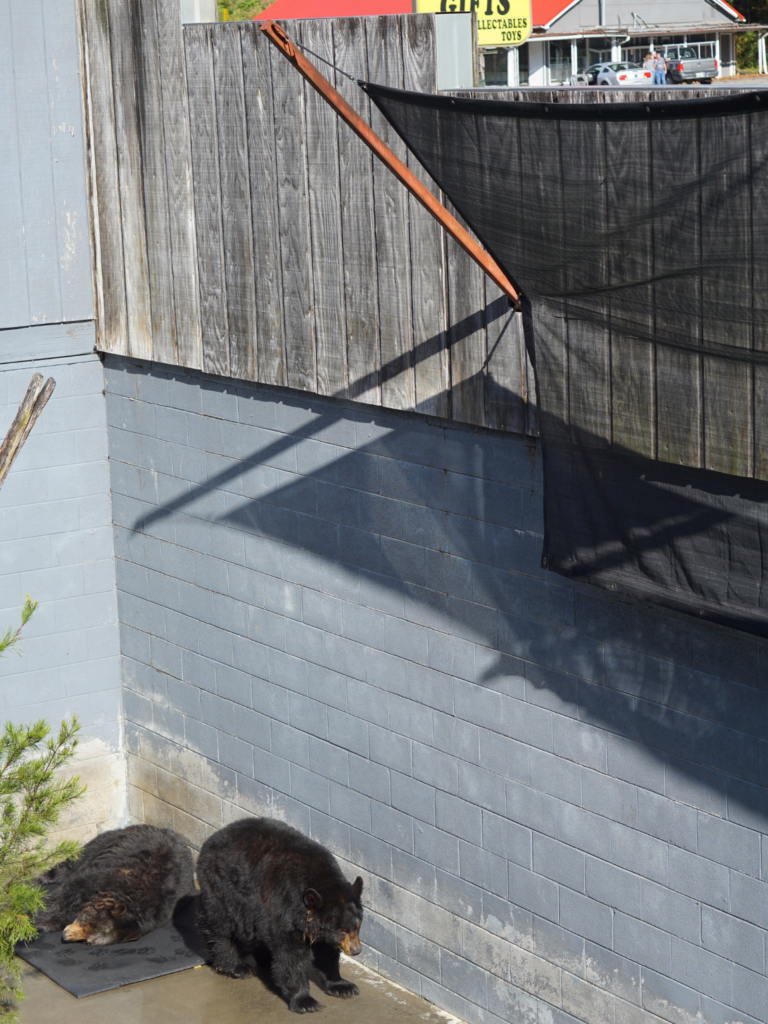
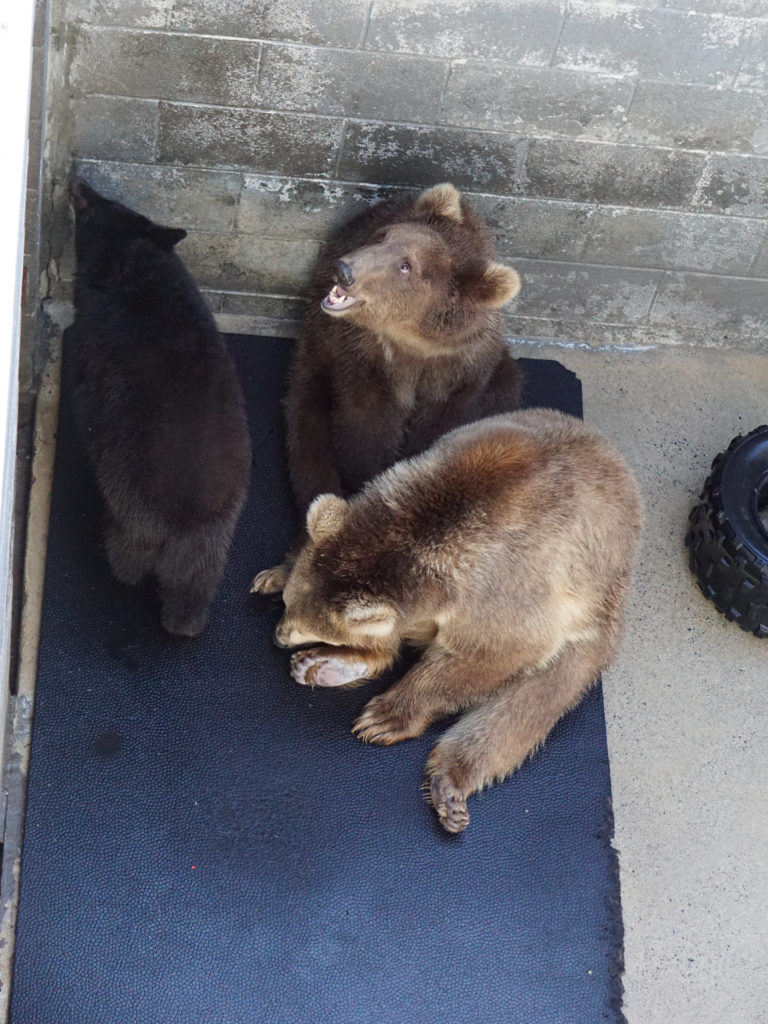
What makes Cherokee Bear Zoo a roadside animal nightmare?
To give you a better idea of the conditions these animals are living in, first you need to understand how tiny this attraction is. The entire zoo is no larger than a suburban backyard and is split between an elevated deck looking over the four bear pits, and an area for primate cages and pygmy goats. I had done my research, I was prepared, and knew what to expect, but seeing it all for myself caught me completely off guard. Their confined lives were so much worse than I had prepared myself for. All I could do was take as many pictures as possible and make a plan to advocate for these animals in need.

Seeing the facility’s careless design to cram nearly a dozen bears into such a small area, made my stomach flip. I observed a total of 10 bears, six brown bears, and four North American black bears. They were split into four different concrete pits separated by cinder block walls. Each of the four spaces had random rubber mats thrown about, a bathtub size pool, and a few logs –otherwise, there was nothing. From a gawking visitor’s perspective, these few fixtures might seem satisfactory, but from the bear’s perspective, these few items added next to nothing to their empty lives.
Bears were not the only animals I witnessed suffering at Cherokee Bear Zoo. There were also five-wire cages enclosing a mix of monkeys and other primates. During my visit, I saw a total of 11 different species that included lemurs, patas, mangabey, Diana, and capuchin monkeys. Their lives were limited to wire cages originally built for storing ears of corn on farms, with nothing but some perches and old children’s toys. I was most devastated by the single black and white ruffed lemur, isolated to a skinny tower no larger than about 30 square feet at the base, this poor individual had to live in solitary confinement in its barren cage.


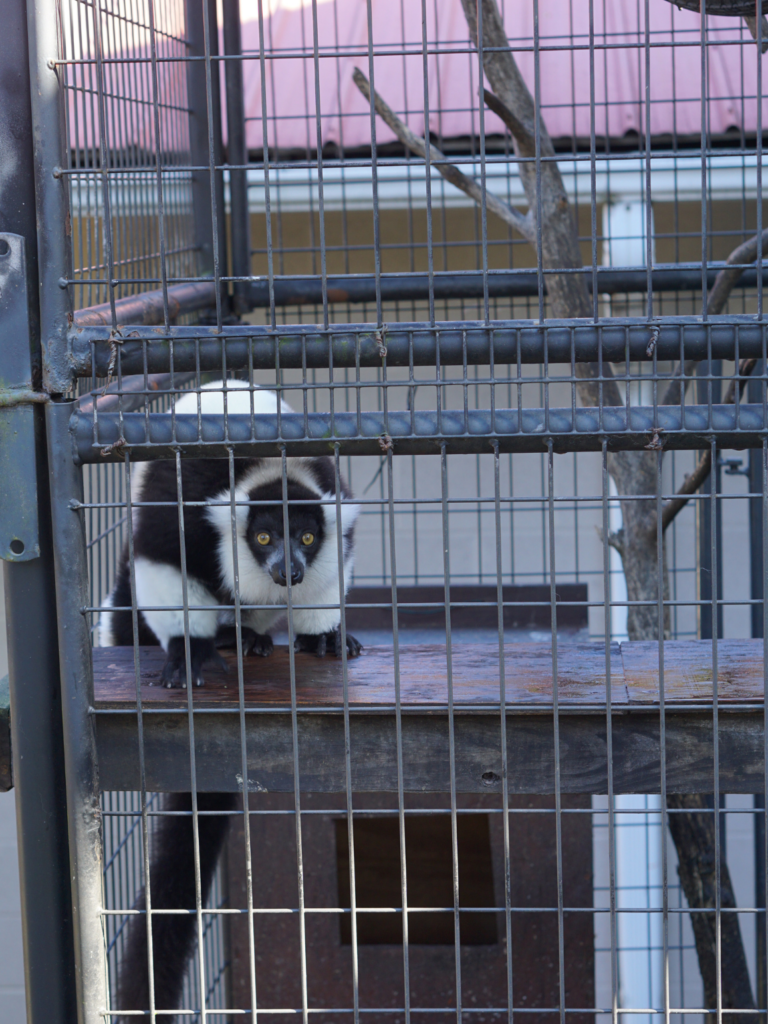
I held my tongue and refrained from interacting with the other people visiting the zoo. I was too floored by dozens of paying customers happily forking over their cash to see these trapped animals. Most of the families I saw were thrilled to purchase a plate of random food to toss the bears. Folks would tease the bears until they did something worthy of a morsel. The bears were sitting, standing, and opening their mouths in any attempt to eat. Tourists looking for a cheaper option could just drop a quarter into a repurposed candy machine to get a handful of dog food to feed the bears instead.
The giggling of families pierced my ears as I looked down at the suffering bears.
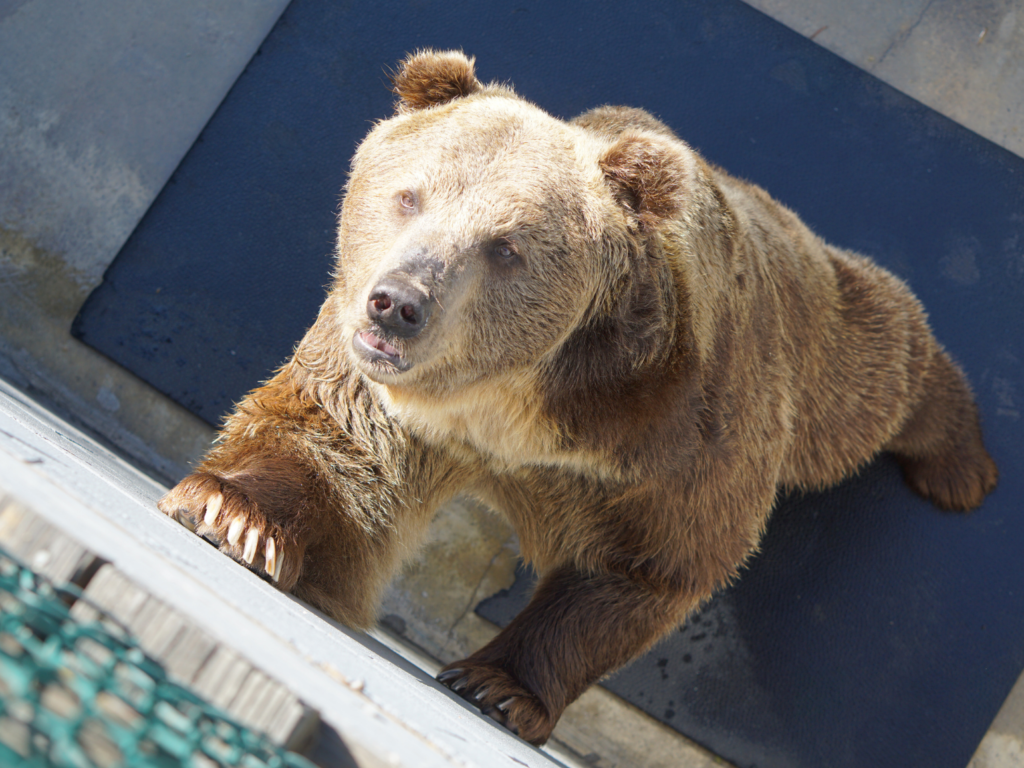
It was evident to me that people do not understand just how terrible life is for these animals. Roadside zoos capitalize on this lack of awareness and create an illusion of adequate care, often even touting stories of rescuing animals. Unfortunately, these stories are often far from the truth. “Rescued” animals at these dismal places are often purchased, and likely discarded after they have outlived their value. The agenda of attractions like these is solely to make money. Cherokee Bear Zoo regularly offers photo-ops with baby animals like bear cubs and even tiger cubs. These babies are used as photo props when they are only weeks old. When they are not being handled by the public, they are isolated from their mothers. Profit alone is what drives these practices, not quality animal welfare, otherwise, cubs would be able to stay with their mothers.
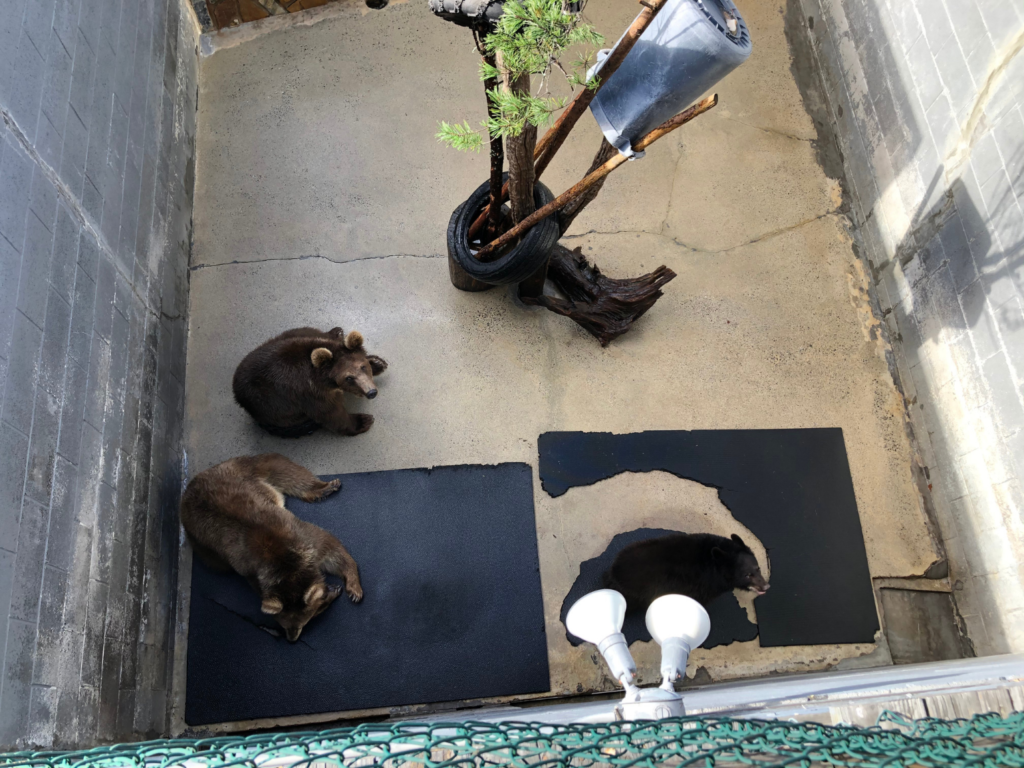

The grim reality is America has a problem, a real issue with captive wildlife and roadside zoos. Tiger King is not an exceptional story…. in fact identical situations play out daily around the country with the private ownership of dangerous animals. What gives me hope is that similar attractions have been recently shut down. The defunct Black Forest Bear Park in Helen, Georgia was closed in 2017, and the 17 remaining bears were rescued and moved to the Wild Animal Sanctuary in Colorado. This accredited sanctuary now provides these bears a forever home with dozens of acres of natural habitat to explore. There they can relearn how to be a bear again.

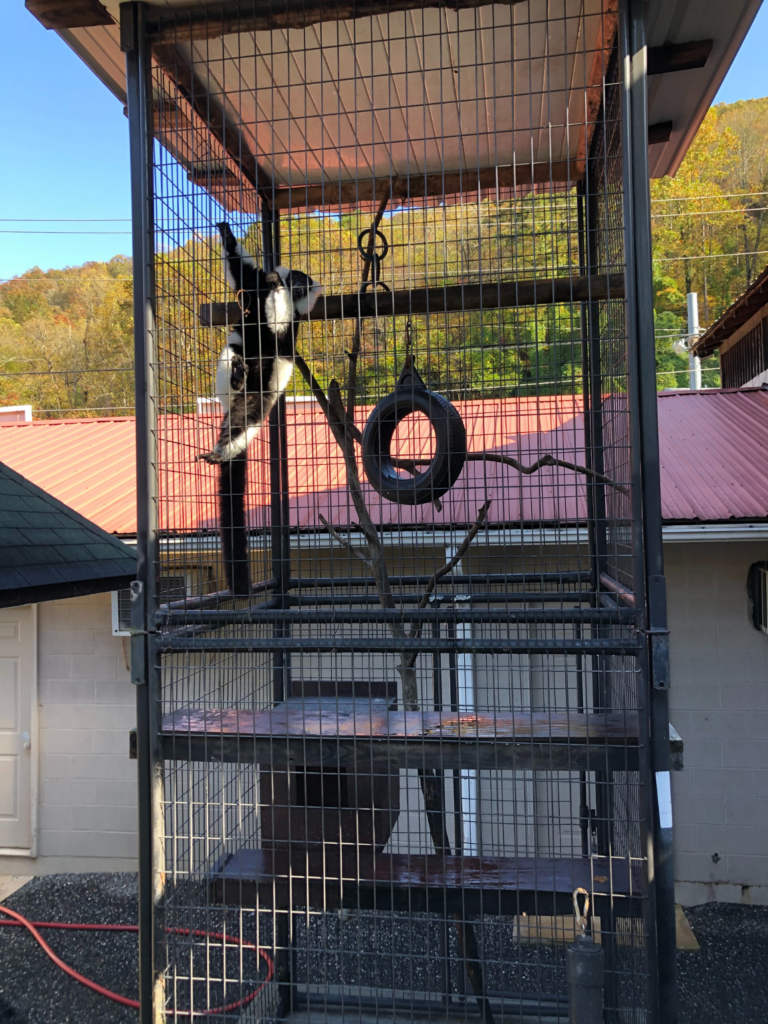
How you can help close Cherokee Bear Zoo!
But I encourage you to share what you’ve learned and channel those feelings to help make a difference. Empower others to make every journey for wildlife humane and ethical. Roadside attractions like these are a great reminder to research your destinations when traveling to ensure no animals are being exploited. To take action, I encourage you to join me in contacting the Principal Chief Richard Sneed of the Eastern Band of Cherokee Indians to politely urge the Tribe to take action for these animals and close this deplorable business and surrender their animals to accredited sanctuaries.
Please feel free to draft your own email encouraging the Eastern Band of Cherokee Indians to help end these cruel practices in Cherokee.
Chief’s Office Contact List
Richard Sneed, Principal Chief
richsnee@nc-cherokee.com
Jeremy Wilson, Governmental Affairs Liaison
jerewils@nc-cherokee.com
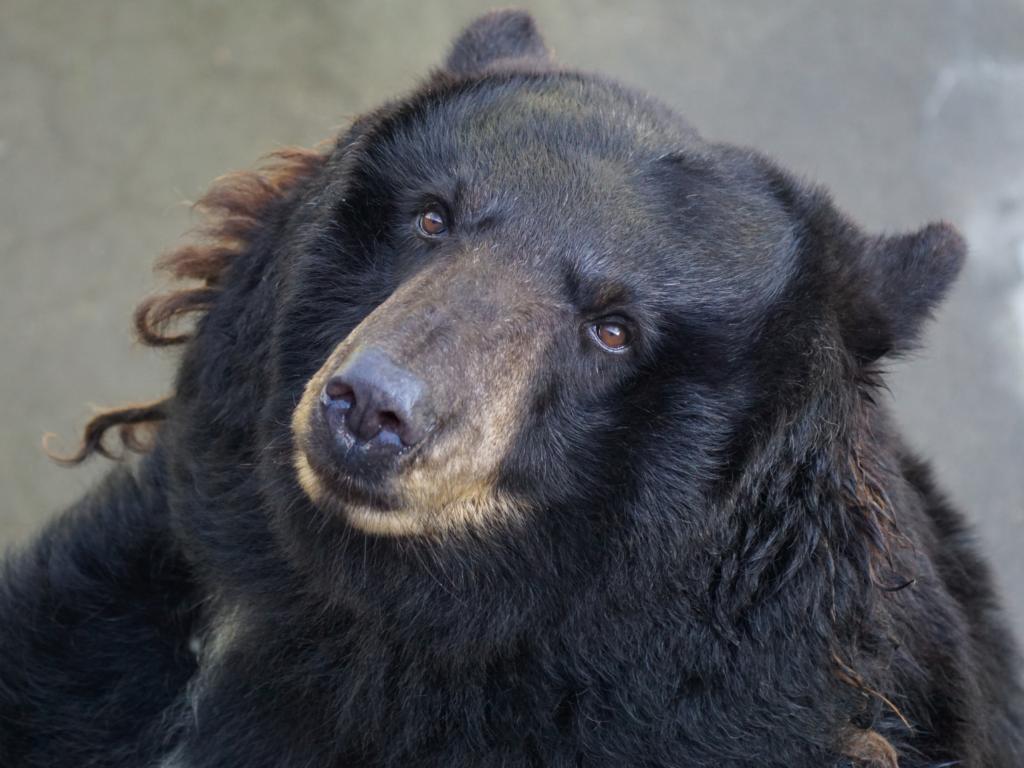
Also please consider showing support of the many sanctuaries accredited by the Global Federation of Animal Sanctuaries. These organizations are working tirelessly to provide care to animals of all sizes, many of which have been rescued from America’s cruel roadside zoos.
